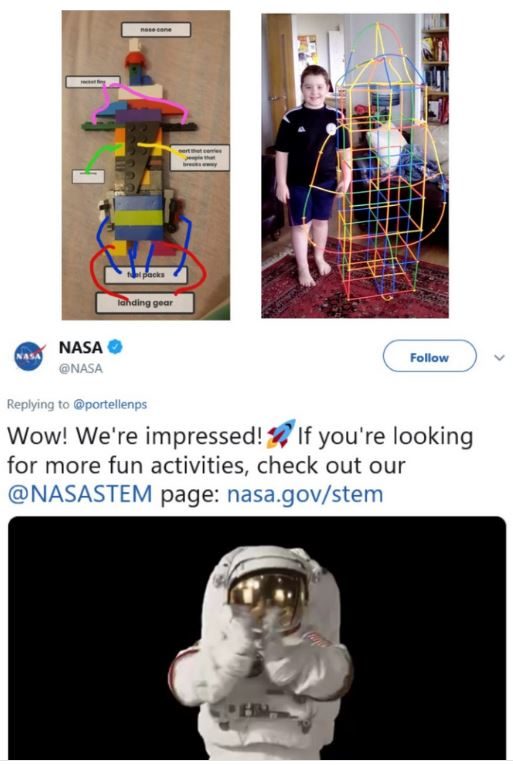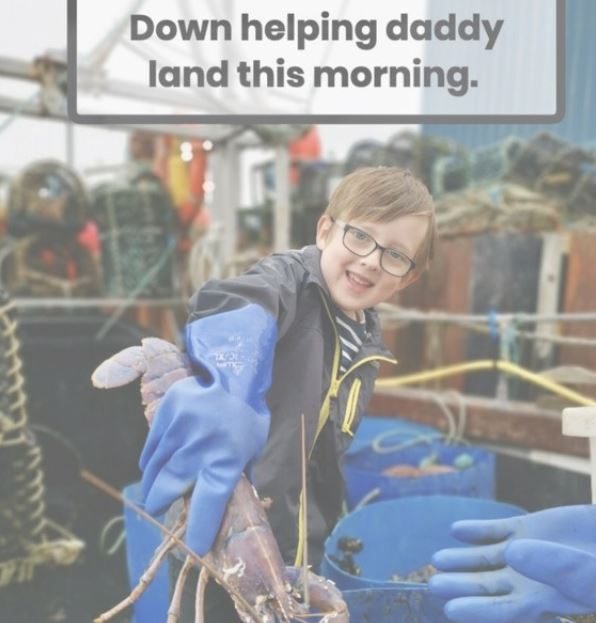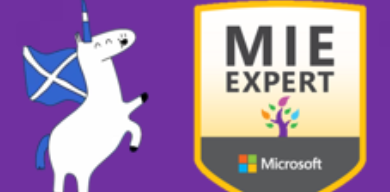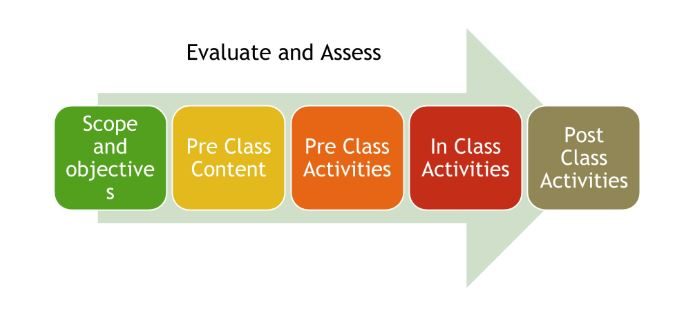Before the idea of school closures ever crossed our mind, Craigour Park had been working towards improving digital engagement for staff, learners and parents. We had over the past year evaluated our progress, highlighted our strengths and had a clear vision of how we would like to move forward. A new skills progression was being developed in collaboration with learners and parents. Our class teachers were routinely integrating digital technology into learning experiences, robotics dance parties were no longer a wild dream, our learners were becoming experts in the world of Office 365 and words like Plickers and GoSpiral now had meaning. Then Covid-19 emerged as the next great challenge our nations schools would have to overcome. The classrooms fell silent and the school doors were locked. Despite the significant changes to the way that we now lived our lives, our staff took this as an opportunity to enhance the digital literacy of our learners and seek new and creative ways to continue delivering high quality learning experiences.
Communication
Our journey began with our teachers establishing multiple lines of communication. For our P1-3 teachers this meant Learning Journals. For the rest of the school (P4-P7) class teams were set up on Microsoft Teams. Twitter accounts were established by each stage from Nursery up to P7. Our school website was updated, and a school YouTube account was created. During this initial phase of lockdown, we gained useful feedback from learners and parents by using Google and Microsoft Forms. This allowed us to actively respond to our learner’s needs and ensure that we engaged as many pupils as possible.
Microsoft Teams
After a few initial teething errors, Microsoft Teams proved to be a huge success amongst learners and teachers. As well as providing a platform for learners to access their learning it also provided them with a social space where they could talk directly to one another. Who knew that a 3-hour conversation could be sustained purely with emojis? Teaching staff embraced the opportunity to develop their pedagogy with Sways, Forms and assignments now becoming commonplace. Using rubrics, points systems and forms a variety of assessment techniques are routinely implemented and our whole school marking policy is continuing to be used. Our Spanish teacher was added to all our Teams allowing them to run school wide competitions ranging from creating a Tapas feast to recreating famous works of art by Spanish Artists. Several additional apps have been trialled by our teachers. Insights for example has now become the standard tool for assessing engagement allowing us to target further support to pupils who may need it. Our school has also realised the value of Teams in supporting transition with new teachers having the opportunity to communicate directly with learners and assess their current levels and interests.
Our school Twitter accounts have provided opportunities for our learners to engage with school and city-wide initiatives. Recently to support the transition from Nursery to P1, many of our staff and learners went on a Teddy Bear Hunt! Our P5 teachers led a #BigDayIn where learners had the opportunity to showcase their wider talents and achievements which would normally be celebrated at assemblies, the magic tricks were mind boggling! Throughout lockdown our school PE teacher has created a variety of challenges and initiatives which keep our learners healthy and active. Ranging from community treasure hunts to playing conventional sports with items you might find in the cupboard. We are ending the school year with our own version of the Olympics and a school wide BRAW (Bike Run and Walk) challenge where participants are challenged to do one activity each day for the whole month of June.
YouTube
During lockdown our school established a YouTube channel to directly show learners different strategies and skills. Feedback from teachers, parents and learners indicated that this would be a useful tool to support home learning activities. This has enabled us as a school to deliver lessons directly to our learners with the same explanations and guidance they would receive within the classroom. Our P3 Team have used this excellently with learners now having access to videos showing them how to create and understand Pictographs, Bar graphs and Carroll Diagrams. Our Nursery is regularly reading bedtime stories, a favourite of which is of course the Wonky Donkey. Learners can learn new PE skills directly and learners can join in with Maths warm up games. In addition, our SLT and Head Teacher have taken the opportunity to deliver messages directly to parents and learners. The school year is ending with a whole staff video for our P7’s in lieu of their usual leavers assembly.
Although Covid-19 has certainly raised many challenges and continues to have a significant impact on the lives and education of our learners, one positive is that our staff and many of our learners are certainly now more adept and confident delivering learning in the digital age.
https://craigourparkprimary.wordpress.com/
@CraigourPark









































You must be logged in to post a comment.